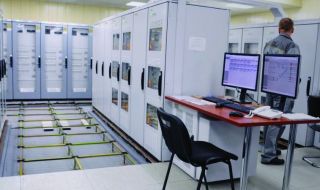2020 ANS Virtual Winter Meeting: More on advanced nuclear reactors and power systems
The third part of the“Advanced Nuclear Reactors and Power Systems” sessions during the 2020 ANS Virtual Winter Meeting featured an examination of the status of various advanced reactors. The sessions were sponsored by the Operations and Power Division and chaired by Piyush Sabharwall of Idaho National Laboratory.
Here is an article on the first "Advanced Nuclear Reactors and Power Systems” session.
Presentation topics in the third and final session included using Modelica for system-level modeling and simulation of advanced reactors; the testing of fast-spectrum reactors’ gears and bearings in liquid sodium; and the creation of a simple core analysis tool called the Thermal hydrAulic COre Calculations using the single heAted channel meThod (TACOCAT) code.
Here are some of the highlights:


 Citing ongoing developments with COVID-19, Waste Management Symposia has announced that it has decided to make its 2021 Waste Management Conference a virtual event. WM Symposia has been holding its annual conference for the management of radioactive waste, nuclear decommissioning, and related topics since 1974. The conference is typically held in early March in Phoenix, Ariz.
Citing ongoing developments with COVID-19, Waste Management Symposia has announced that it has decided to make its 2021 Waste Management Conference a virtual event. WM Symposia has been holding its annual conference for the management of radioactive waste, nuclear decommissioning, and related topics since 1974. The conference is typically held in early March in Phoenix, Ariz.







